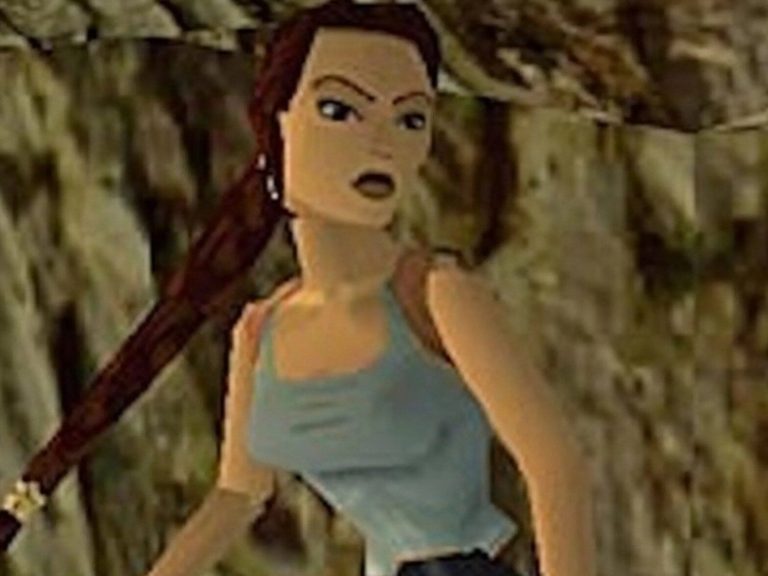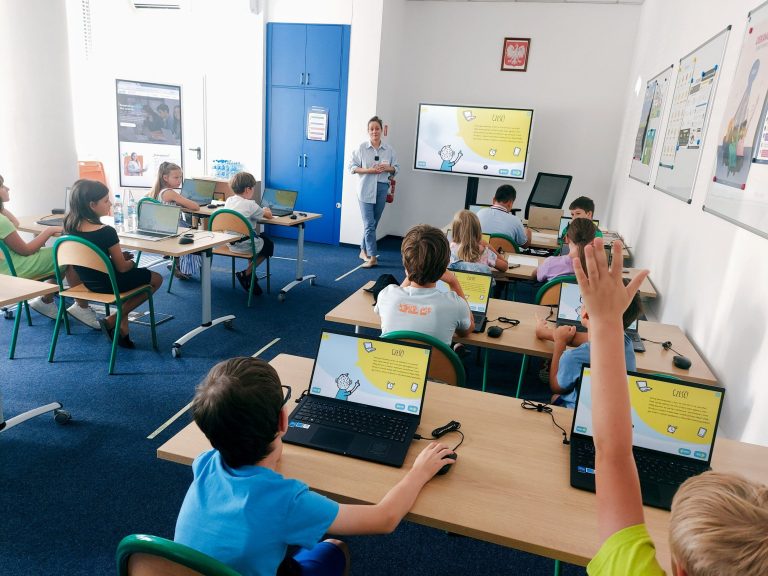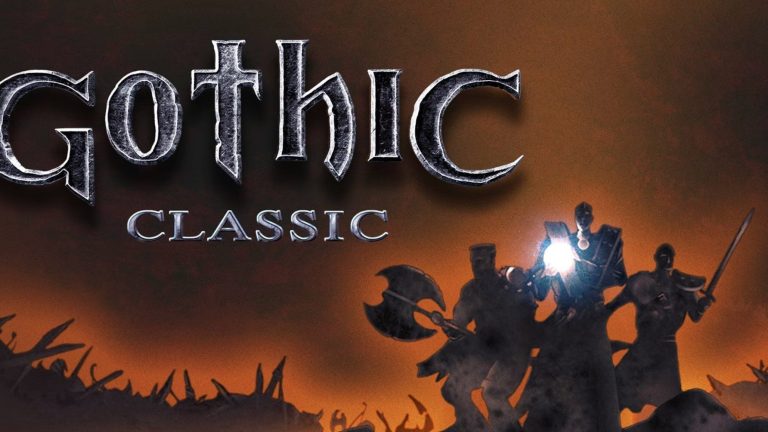Not just physics and chemistry. How did Maria Skłodowska-Curie change medicine?

There would be no modern oncology without Maria Skłodowska-Curie, but her contribution to medicine is much more. It is not without reason that she is considered one of the most inspiring women in science, and the commonly used radiotherapy used to be called curietherapy.
She has been awarded the Nobel Prize twice and is primarily associated with it. First, in 1903 in the field of physics, together with her husband Pierre Curie and the discoverer of the phenomenon of radioactivity – Henri Becquerel – she was awarded for research on radioactivity. For the second time, the highest scientific award was received in 1911 in the field of chemistry for the discovery of polonium and radium. What does Skłodowska-Curie have to do with medicine?
Radium plugs and cancer treatment
The discovery of polonium and radium, as well as the research that Skłodowska-Curie continued throughout her life, became the foundation for the treatment of oncological patients and cancer diagnosis. From the very beginning, the researcher attached great importance to making her discoveries serve humanity and she herself was involved in the development of science, which became the foundation of modern nuclear medicine and radiotherapy used in the treatment of cancer.
Skłodowska-Curie led to the founding of the Radium Institute in France after receiving her second Nobel Prize. Research was conducted there in the field of physics, chemistry and medicine. The focus was on radioactivity and radioisotopes. The construction of the institute was partly financed by the French government, and in 1920 the Curie Foundation was established to finance the activities of scientists. Because the Radium Institute from the very beginning was multidisciplinary and gathered around itself physicists, chemists, biologists and doctors. From the beginning, it consisted of two laboratories: one focused on radioactive bodies, and the other on how to use them to treat people.
The beginnings of radium treatment are the use of various types of devices, such as radium plugs, special needles or collars, which locally acted on cancerous cells. The first lesions to be treated in this way were superficial tumors, which were the easiest to reach with these peculiar instruments. These are, for example, cervical tumors (radium plugs were used here) or breast and prostate cancers (needles helped here). At the time, radiation therapy was often simply called curietherapy.
Frontline ambulances, driver’s license and treatment of soldiers
When talking about Maria Skłodowska-Curie and medicine, it is impossible not to mention an important episode of her life that has gone down in history and at the same time perfectly illustrates the character of the researcher and her constant desire to use science in the service of others. When World War I broke out, the Nobel laureate could not return to Poland. So she decided to work in France.
She invented the first field ambulances. And to be able to drive these peculiar vans herself, she was one of the first women to get a truck driver’s license. They were cars equipped with X-ray machines. Thanks to them, it was possible to quickly diagnose wounded soldiers. If we take into account both mobile and stationary radiology (Maria, together with her 17-year-old daughter Irena, also trained medical staff so that more people could operate X-ray machines), we can talk about over a million X-ray images taken during the war.
At the end of the war, there were 200 stationary photo points and 20 mobile ones. And in honor of the extraordinary researcher who personally went to the front, regardless of the threat (she was able to reach the most dangerous places near Verdun), the soldiers began to call vehicles equipped with apparatus “little Curies”.
It should also be added that when the war broke out, Skłodowska-Curie personally transported the radium from the Radium Institute to Bordeaux. The container in which she took the rad (considering it a national treasure and something that must be hidden during the war) can now be seen in the Curie Museum in Paris. The war was a time when, despite everything, the researcher did not stop her laboratory activity. Effects? It was possible to produce radon gas, which in liquefied form was used to treat wounds and inflammations.
“Treating the sick regardless of wealth”
After World War I, Skłodowska-Curie returned to her activities and to the creation of radium institutes. One of the great dreams of the Nobel laureate was to create such an institute in Warsaw. The dream came true in 1925, when the researcher came personally to Poland to solemnly lay the foundation stone.
National Institute of Oncology named after Maria Skłodowska-Curie describes the moment (the author of the history study is Prof. Edward Towpik) when Skłodowska-Curie clearly expressed her desire to create the Radium Institute in Poland: “In 1921, during a meeting with the Polish community in Chicago, Maria Skłodowska-Curie stated: ” Independent Poland should have (…) its own radium institute. The beginning of this institute is in the radiological laboratory established on my initiative in Warsaw.” She meant the Radiology Laboratory of the Warsaw Scientific Society, opened in 1913 at ul. Kaliksta 8 (today – Śniadeckich) in her presence. She also added that it is necessary: »to transform this laboratory into an Institute intended not only for scientific work, but also for the treatment of patients, regardless of their wealth«”
On May 29, 1932, the official opening of the Radium Institute took place. It was attended by Skłodowska-Curie herself, but also by the President of the Republic of Poland, Ignacy Mościcki. “The Committee (…) rightly decided to open the medical section first in order to fulfill the obligation towards the Polish society to put a new and difficult therapy on a high footing (…). However, this therapy should be in constant contact with scientific work, without which it cannot progress” – said the Nobel Prize winner at the time.
At that time, she gave the Institute an extraordinary gift: the first gram of radium. How valuable this gift is, not only because of its use, is evidenced by its value at that time: it was half a million zlotys (and the purchase of radium included, among others, the American Polonia). From the very beginning, the Warsaw Radium Institute was one of the most modern places in the world dealing with the treatment of oncological patients.
Only during the first year of operation, as reported to Maria Skłodowska-Curie, over a thousand patients were examined, and nearly 700 of them qualified for treatment. At that time, the Institute used 5 X-ray machines and over 150 radium charges in the form of special needles and tubes. And from the beginning, it was exactly as Skłodowska-Curie wanted: the poorest patients received discounts or were simply exempted from fees (the National Institute of Oncology reports that at that time the treatment of cervical cancer cost PLN 400-600).
Already on the 40th anniversary of the discovery of radium, which was celebrated very solemnly at the Institute, together with the Polish Committee for Fighting Cancer, the Anti-Cancer Week was announced for the first time in Poland. The outbreak of war was the most difficult moment in the history of the Radium Institute, but already in November 1945 a decision was made to rebuild the Radium Institute in Warsaw. In the early 1950s, the institution changed its name to the Institute of Oncology and gained the name of the Nobel Prize winner, thanks to whom Polish oncology gained unprecedented opportunities.
Today, the National Institute of Oncology is – just like when it was founded – the most modern place of its kind in Poland. There is no doubt that the Institute would not be where it is today if it were not for Skłodowska-Curie. And as the scientist wished at the very beginning, also today the Institute not only conducts scientific activities and is a research facility, but above all serves patients and treats cancer.






